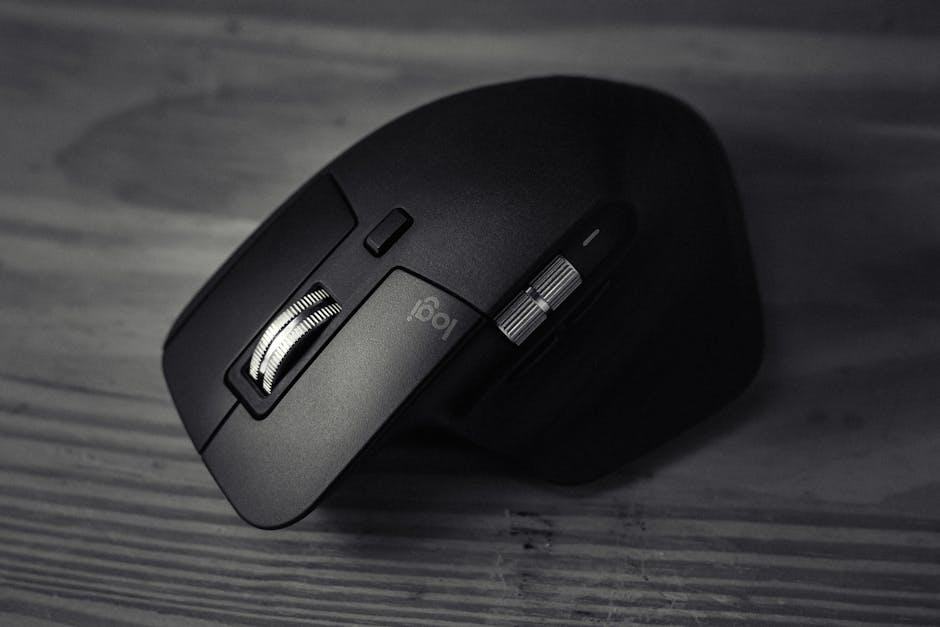How to Build a PC (2024): Hardware Suggestions, Instructions, and More
Building your own PC has never been more accessible and exciting than it is today. With advancements in technology, the ability to customize your computer to fit your specific needs is within reach. In this article, we will explore the hardware suggestions, step-by-step instructions, and more to guide you through the process of building your dream PC in 2024.
Choosing the Right Hardware:
The first step in building a PC is selecting the right hardware components. In 2024, several cutting-edge options are available that cater to different requirements. Here are some suggestions for each crucial component:
1. Processor (CPU): In 2024, AMD and Intel continue to dominate the processor market. AMD Ryzen processors offer excellent value for money, with their multi-core performance, while Intel Core processors are known for their strong single-core performance, which is beneficial for gaming and certain professional tasks.
2. Graphics Card (GPU): NVIDIA and AMD are the go-to brands for graphics cards. NVIDIA’s latest GeForce RTX series provides exceptional gaming performance and support for real-time ray tracing. On the other hand, AMD’s Radeon RX series offers competitive performance at a relatively lower price point.
3. Motherboard: When selecting a motherboard, ensure that it supports the same socket as your chosen processor. Additionally, consider the connectivity options, number of RAM slots, expansion slots, and overall build quality. Popular motherboard brands in 2024 include Asus, Gigabyte, and MSI.
4. Memory (RAM): In 2024, 16GB or 32GB of RAM is recommended for most PC users. This amount is sufficient for smooth multitasking, content creation, and gaming. Look for high-speed, DDR4 memory modules from reputable brands like Corsair or G.Skill.
5. Storage: Traditional hard drives (HDDs) are slowly being replaced by faster and more efficient solid-state drives (SSDs). Consider a combination of SSD for the operating system and frequently used applications, along with an HDD for mass storage purposes.
6. Power Supply Unit (PSU): Ensure you have a reliable power supply that can handle the power requirements of your components. Choose a PSU from reputable brands like Corsair, EVGA, or Seasonic, with an 80 Plus efficiency rating for maximum energy efficiency.
Instructions for Building Your PC:
Once you have gathered all the necessary components, follow these step-by-step instructions to build your PC:
1. Prepare your workspace: Find an open, well-lit area with a clean surface. Use an anti-static wristband or frequently touch a grounded metal object to prevent static electricity damage.
2. Install the CPU and cooler: Gently place the CPU into the socket and secure it. Apply thermal paste, attach the cooler, and connect it to the CPU fan header on the motherboard.
3. Install the RAM: Refer to the motherboard’s manual to determine the correct RAM slots. Align the notches in the RAM with those on the motherboard and firmly press it into place until it clicks.
4. Mount the motherboard: Install standoffs in the case according to the motherboard’s mounting holes. Carefully place the motherboard onto the standoffs and secure it with screws.
5. Connect the cables: Connect the front panel connectors, power supply cables, SATA cables, and other necessary connectors to their respective ports on the motherboard.
6. Install the storage drives: Mount the SSD and HDD into their respective drive bays and connect the necessary SATA and power cables.
7. Install the graphics card: Line up the graphics card with the appropriate PCI-E slot, gently press it down until it clicks, and secure it with screws. Connect the necessary power cables to the card.
8. Install the power supply: Position the power supply in the appropriate location within the case, align it with the mounting holes, and secure it with screws. Connect all the necessary power cables to the motherboard, CPU, GPU, and storage drives.
9. Cable management: Neatly route the cables behind the motherboard tray and secure them with cable ties to ensure optimal airflow and aesthetics.
10. Testing and booting up: Double-check all connections and ensure that everything is properly installed. Press the power button and check for any warning lights or error messages. If all is well, you’re ready to install your preferred operating system.
Building your own PC may seem daunting at first, but with proper planning, research, and the step-by-step instructions provided here, you can create a personalized machine tailored to your specific needs. Remember to take your time, be patient, and don’t hesitate to seek assistance if needed. Enjoy the rewarding process of building and using your own custom PC in 2024!
Hey Subscribe to our newsletter for more articles like this directly to your email.
